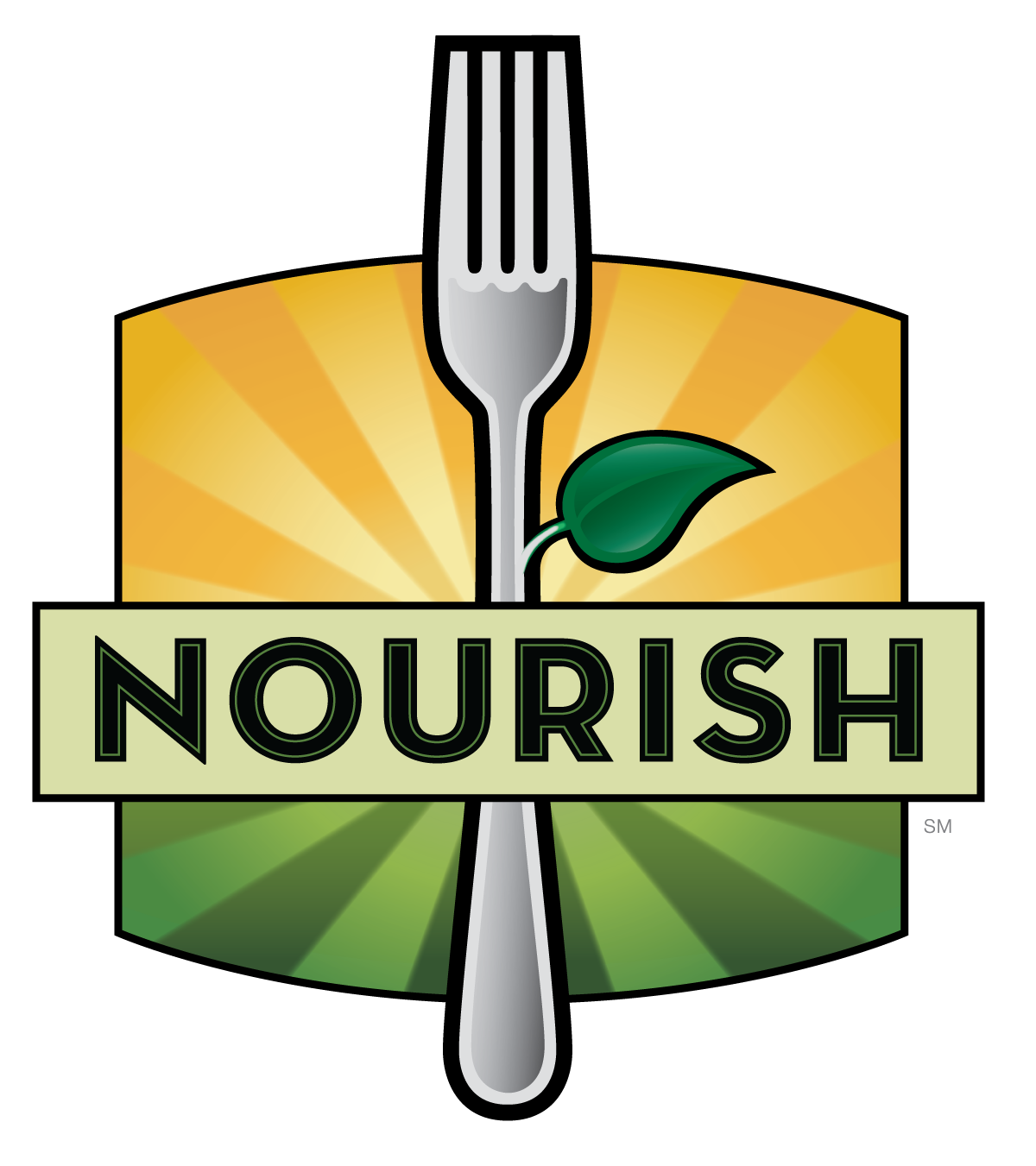In a world where the buffet of dietary options is as varied and confusing as the cereal aisle in a supermarket, understanding the impact of good nutrition on our overall health has never been more crucial. Buzzwords like “keto,” “plant-based,” and “intermittent fasting” may capture our collective attention, but they often overshadow the timeless principles of a balanced diet. With an increasing body of scientific research shedding light on what truly constitutes healthy eating, individuals are now empowered to make smarter food choices that can lead to lasting changes in their well-being.
Eating right doesn’t have to be a flavorless chore; it’s a savory journey through a land of abundant choices. By adapting age-old eating customs to align with current nutritional science, we can create a palate of habits that not only satisfies our taste buds but also nourishes our bodies.
The Nutritional Canvas: Painting Your Plate with Variety
A picturesque plate isn’t just pleasing to the eye—it’s an expression of the diverse nutrients your body requires. Incorporating a rainbow of fruits and vegetables, whole grains, lean proteins, and healthy fats can transform your meals into a vibrant mosaic of health-boosting elements.
Ancient Grains, Modern Benefits
One way to enhance the nutritional profile of your meals is by reaching back into the granaries of history. Ancient grains like quinoa, amaranth, and teff are not just trendy—they’re nutritional powerhouses. Packed with protein, fiber, and essential vitamins, these grains make a perfect base for both savory and sweet dishes, easily adapting to contemporary tastes and dietary needs.
Green Eating with Every Meal
Vegetables, especially leafy greens, are the cornerstone of a nutritious diet. But how do you fit them into every meal? Start your day with a spinach smoothie or an omelet flecked with kale. For lunch, opt for a hearty salad dressed with olive oil, or a vibrant stir-fry. Finish off with a dinner that includes steamed broccoli or Swiss chard sautéed with garlic. The key is to be creative and open to new combinations.
Proteins: The Building Blocks to a Better Diet
Lean proteins shouldn’t be limited to just animal sources. Embrace the diversity by incorporating legumes, nuts, and seeds into your diet. A lentil curry or a chickpea salad provides both protein and fiber, boosting your health and keeping you full longer.
Nourishment Through Mindful Eating
Mindful eating shifts the focus from restriction to awareness, leading to a healthier relationship with food. Slow down, savor each bite, and listen to your body’s hunger and fullness cues. By doing so, you’ll enjoy meals more and are less likely to overeat.
Conclusion: The Joys of Nutritious Cooking
Preparing meals can be a vibrant dance of flavors and textures, a daily opportunity to nurture our health and tantalize our palates. In the kitchen, we become artists and scientists, exploring the alchemy of taste and nutrition. It’s a fulfilling ritual that weaves together the threads of tradition and innovation, leading us to a shared table of wellness and delight. The true pleasure of cooking isn’t in the mere act but in the transformation of humble ingredients into nourishing, life-sustaining art.
As we continuously discover new aspects of dietary science, let’s remember that at the heart of every delicious, healthy dish is not just the food itself, but the love and intention we pour into it. Here’s to a lifetime of cooking that is as rich in nutrients as it is in joy and satisfaction.
